Steer clear of these 13 venomous species in South Texas
Venomous animals produce a poison to attack their victims or defend themselves. Some cause little irritation, while others can be fatal.
These 13 species found in South Texas are dangerous, but nearly all are beneficial to the environment — so give a second thought before trying to eliminate them.
Here's a list of toxic creatures that could be found in your own backyard or inside your boots.
Ants
Fire ants get their name from their burning bite and sting. They respond rapidly and aggressively to any disturbance and will bite more than once.
The stings result in an intense burning sensation followed by a white pustule at the bite site within a day or two. A minority of those stung require more intense treatment if they are hypersensitive to the venom.
What do they provide to the ecosystem? Fire ants eat fleas, ticks, termites, cockroaches, chinch bugs, scorpions and mosquito eggs and larva. They also help with crops — including cotton, sugarcane and soybean — by breaking up the soil, making more water and nutrients available to the plants.
Bees
Bees are mostly active in the spring and fall when establishing a new hive, which can hold around 50,000 members. Honey bees are the only bees with a barbed stinger that can sting you only once.
Bee stings are intense and cause onset pain. People with allergic reactions can become prone to difficulty breathing, hives, cramping and tightness in their chest.
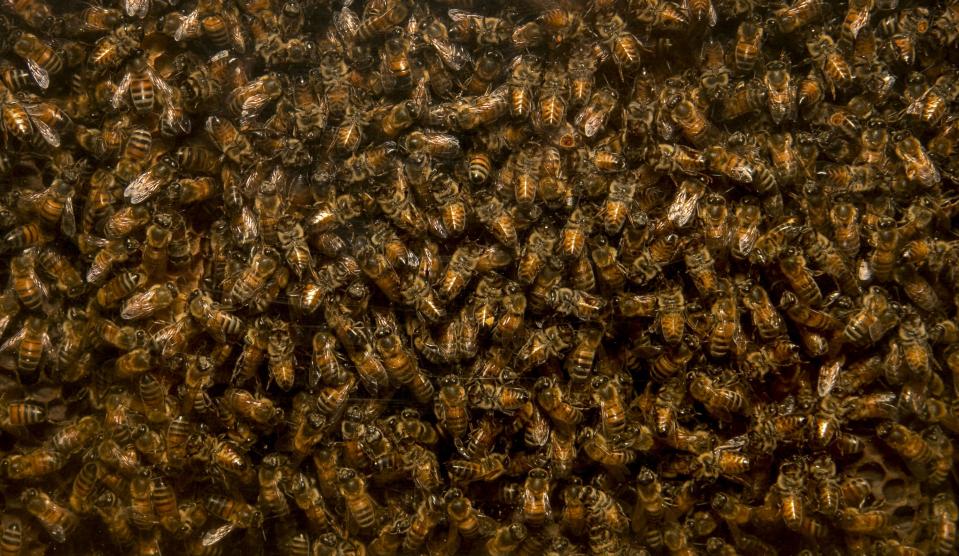
What do they provide to the ecosystem? Bees pollinate 130 agricultural crops in the U.S. including fruit, fiber, nut and vegetable. They help support the growth of trees, flowers and other plants.
Blister beetles
While blister beetles do not bite or sting, they do produce a fluid called cantharidin which blisters the skin. Blister beetles are dangerous if eaten and have been known to cause death when ingested by horses.
When swallowed by humans, swelling of the lips, mouth and throat as well as trouble swallowing, abdominal pain, vomiting and blood in the urine can occur. Severe effects from ingestion include kidney damage and shock. When the eyes are exposed, either directly or from accidental hand-to-eye contamination, the result can be pain, tearing, decreased vision and damage to the cornea.
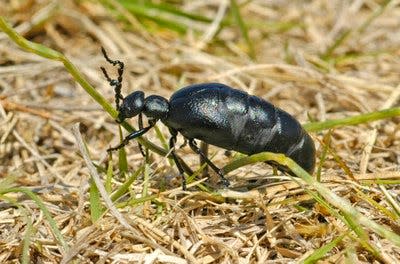
What do they provide to the ecosystem? Blister beetles larvae kill grasshopper larvae, which can be nuisances for gardens.
Centipedes
There are several species of centipedes in Texas, but the one to be concerned about is the Texas redheaded centipede. With 23 legs, it can grow to 8 inches in the wild, and even longer in captivity.
The Texas redheaded centipede has a pair of pincers that produce an intense, scorpion-like pain. Bites are accompanied by swelling, which usually subsides after a few hours. In rarer cases, bites cause dizziness, nausea and headaches.
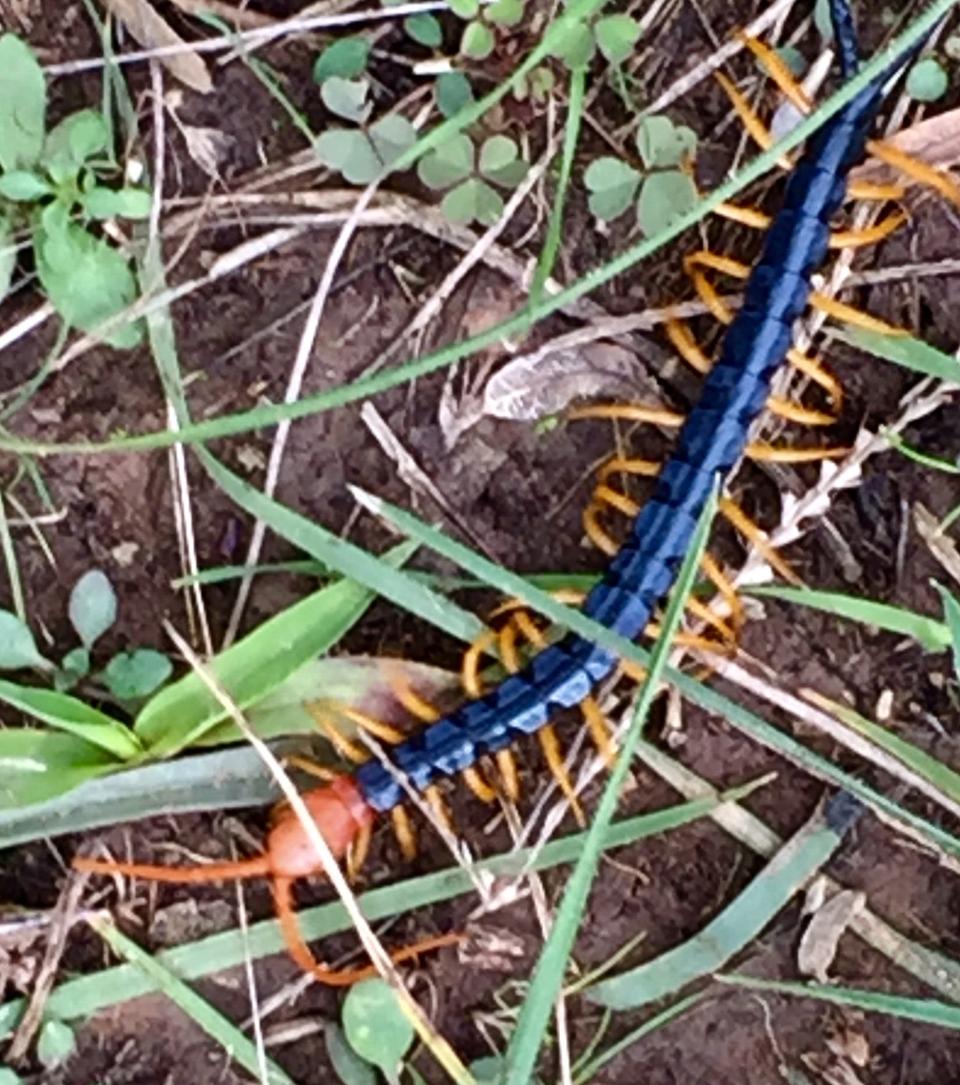
What do they provide to the ecosystem? Texas redheaded centipedes are good for killing pests including insects and rodents.
Poison hemlock
All parts of poison hemlock are poisonous, but the seeds contain the highest concentration of poison. Humans, including Socrates, have died from consuming the plant.
Accidental ingestion of the plant may result in central nervous system depression, respiratory failure, acute rhabdomyolysis (breakdown of muscle tissue), acute renal failure (where kidneys can't filter waste from blood) and even death. Other effects include burning in the mouth, increased salivation, trembling hands and walking imbalance.
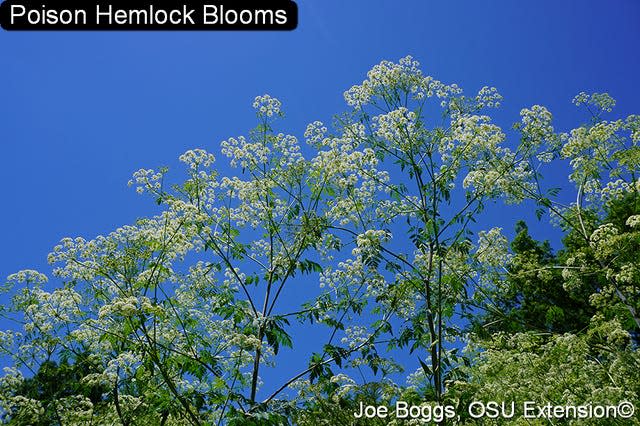
What do they provide to the ecosystem? Despite serious safety concerns, poison hemlock leaves, roots and seeds are used to make medicine. The medicine is used to help breathing problems including bronchitis, whooping cough and asthma.
Poison ivy
Poison ivy grows with three leaflets on each stalk, which is the only dependable characteristic of the plant. Its leaves can vary in size, shape, color and luster.
The toxic ingredient in poison ivy is an oily substance called urushiol, which forms in the sap and is present in all parts of the plant. Sensitivity to the poison varies with the individual. One may have a few itchy bumps or blisters while another needs medical treatment due to inflammation spreading to the internal organs.
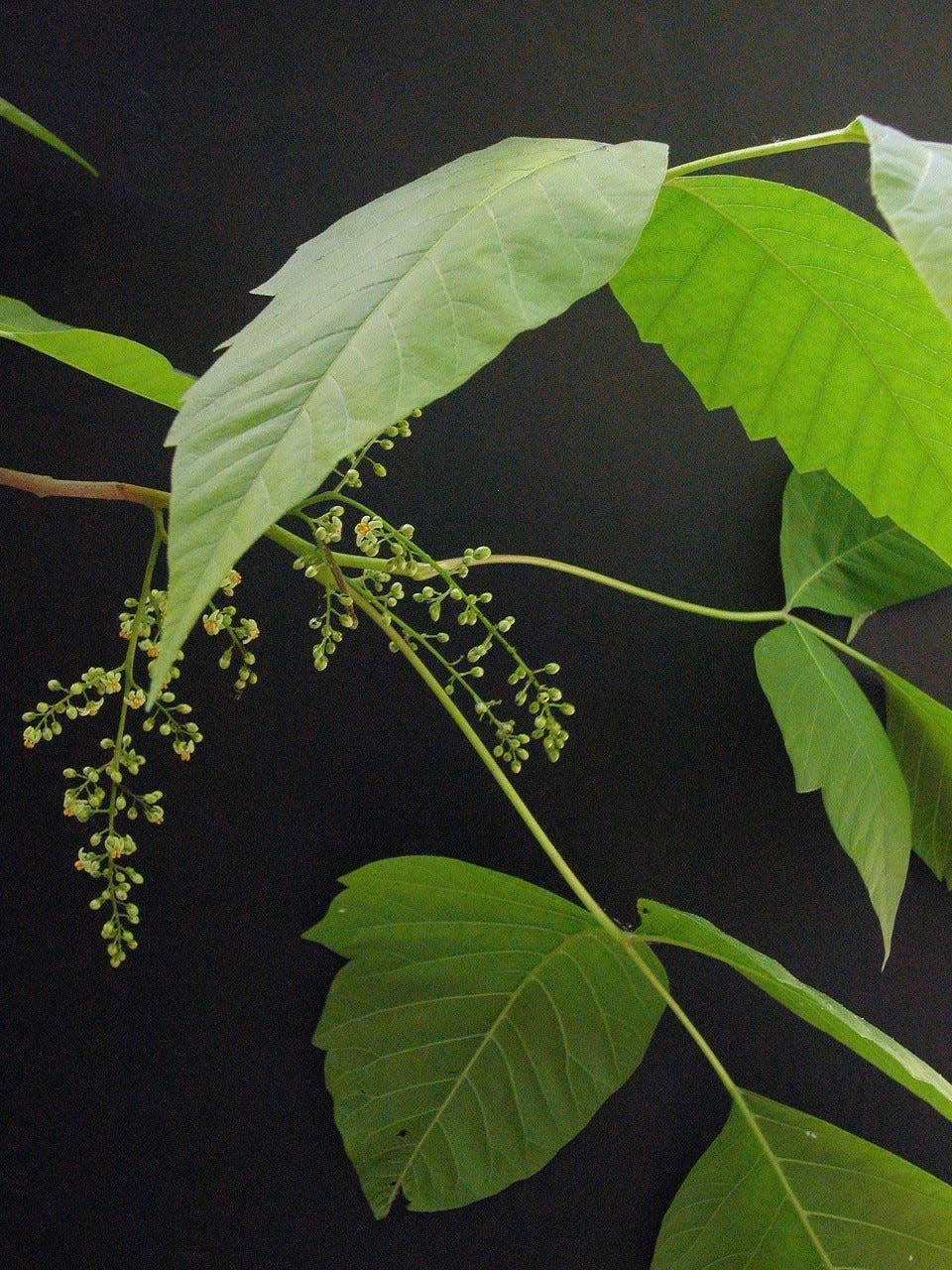
What do they provide to the ecosystem? Poison ivy is a source of food for wildlife deer, bears and birds. The plant's waxy, white berries contain vitamins and other nutrients necessary to animals.
Portuguese man o' war
Similar to jellyfish, Portuguese man o' wars deliver a sting that can cause pain and swelling. Unlike jellyfish, said stings can be fatal.
It can be seen floating on top of the water on the beach as it cannot move on its own and relies on the current for its movement. A sting can cause paralysis, breathing problems and permanent purple lines at the wound site.
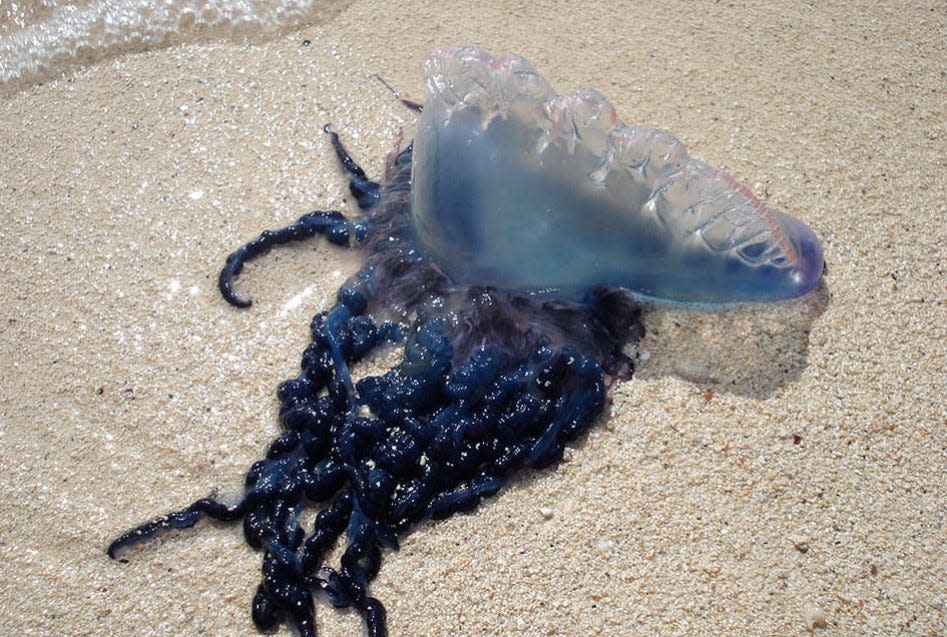
What do they provide to the ecosystem? Portuguese man o' wars are sources of food for sea turtles, octopi, fish and dragon sea slug.
Scorpions
Most scorpions are found in near the Big Bend National Park, but there are a few species in South Texas that can be pests. They are not considered deadly, but can inflict a sharp and painful sting.
The striped bark scorpion is the most common species. Its sting isn’t extremely dangerous as it only causes a moderate reaction in most people, but it does hurt. Allergic reactions are possible, but an ice pack at the wounded site will help alleviate pain.
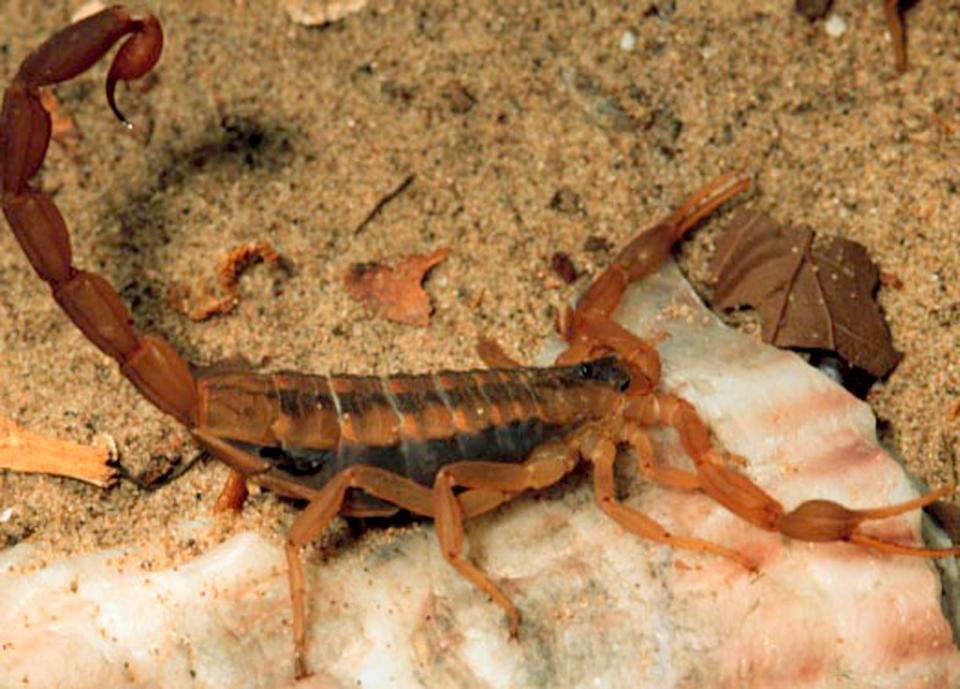
What do they provide to the ecosystem? Scorpions are predators and feed on a variety of pests including insects, spiders and other scorpions.
Snakes
Some venomous snakes in South Texas include cottonmouth water moccasins, copperheads, coral snakes and rattlesnakes. All but coral snakes are considered vipers, meaning they have retractable fangs in the upper part of their mouth that can pierce the skin and deliver venom when used for prey or defense.
According to the Texas Department of State Health Services, one to two people die from venomous snake bites in Texas yearly. Symptoms of a snake bite include blurred vision, fever, muscle contractions, vomiting and rapid pulse rate.
What do they provide to the ecosystem? All snakes, including venomous ones, are beneficial. While considered scary, snakes are Mother Nature's form of pest control by eating rodents and pests.
Spiders
All spiders have venom; that is how they kill their prey. Spiders will only bite humans when they feel threatened or protecting their egg sac.
Most bites are not medically significant and require little attention with the exception of bites from widow and recluse spiders. The neurotoxin from those spiders can cause fever, chills and weakness within one to 48 hours.
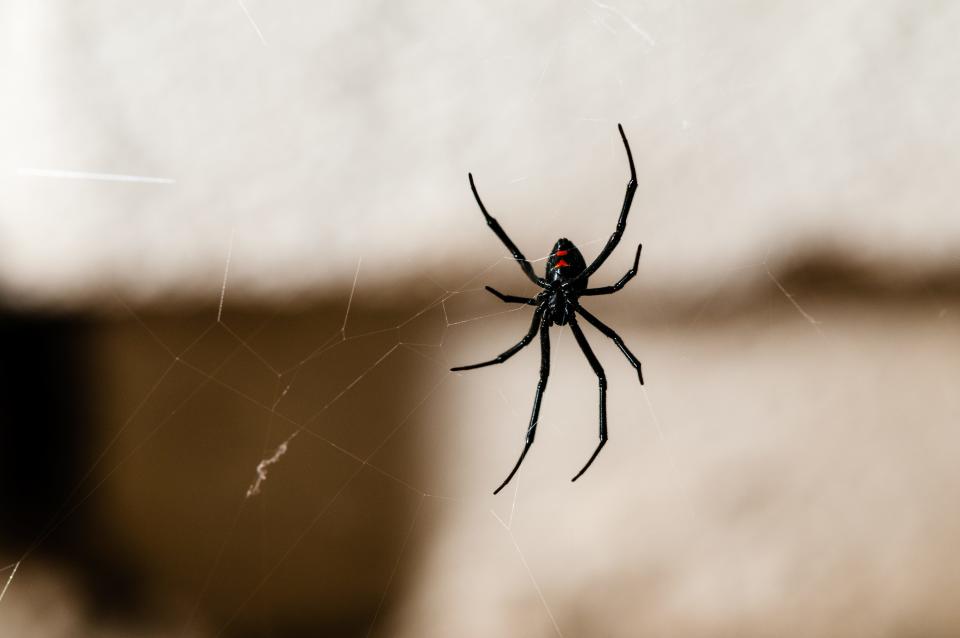
What do they provide to the ecosystem? Spiders feed on nuisance critters including mosquitoes, gnats, flies and crickets.
Stingrays
For the most part, stingrays are gentle animals that rest along the bottom of the sea. When someone steps on one, it swats the person with its tail and the underlying stinger pierces the skin and releases its poison.
The affected person will feel pain throughout their body and feel weak and tired. Other symptoms include a drop in blood pressure, rapid heart beats, chills and paralysis.
What do they provide to the ecosystem? Stingrays hover over sandy areas and excavate the sand in search of food while simultaneously creating mini-habitats for various tiny invertebrates. As they uncover tasty snacks for themselves, they also help many other marine species feed.
Tussock moth caterpillars
Common during the springtime, tussock moth caterpillars may look cute but will cause severe rashes to people who come in physical contact with them. If the caterpillar is still on you, immediately brush it off if possible, and then use tape to remove the spines that may still be in your skin to avoid discomfort.
If you are stung, you may feel immediate pain and reddish colored spots may appear where spines entered the skin. Other people may not feel much discomfort, and a red rash may be the only telltale sign.
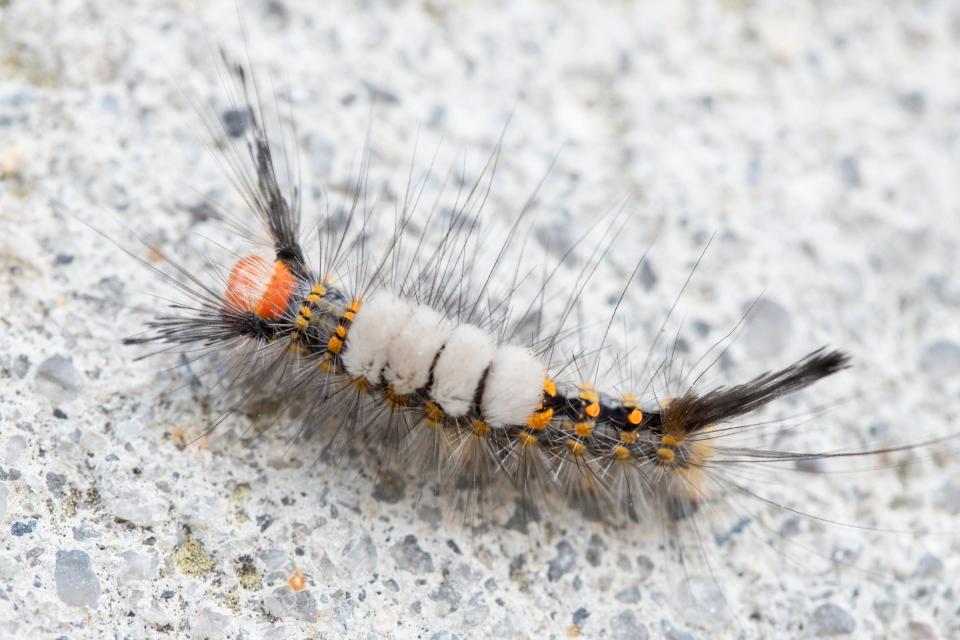
What do they provide to the ecosystem? No findings showed the benefits of tussock moth caterpillars.
Wasps
The stingers on wasps are not barbed, which allows them to sting multiple times. The pain is sharp and intense and may cause swelling.
Yellow jackets, paper wasps and cicada killer wasps are common in South Texas. Stings can cause a rash, itching or difficulty breathing. In severe cases, death is a possibility.
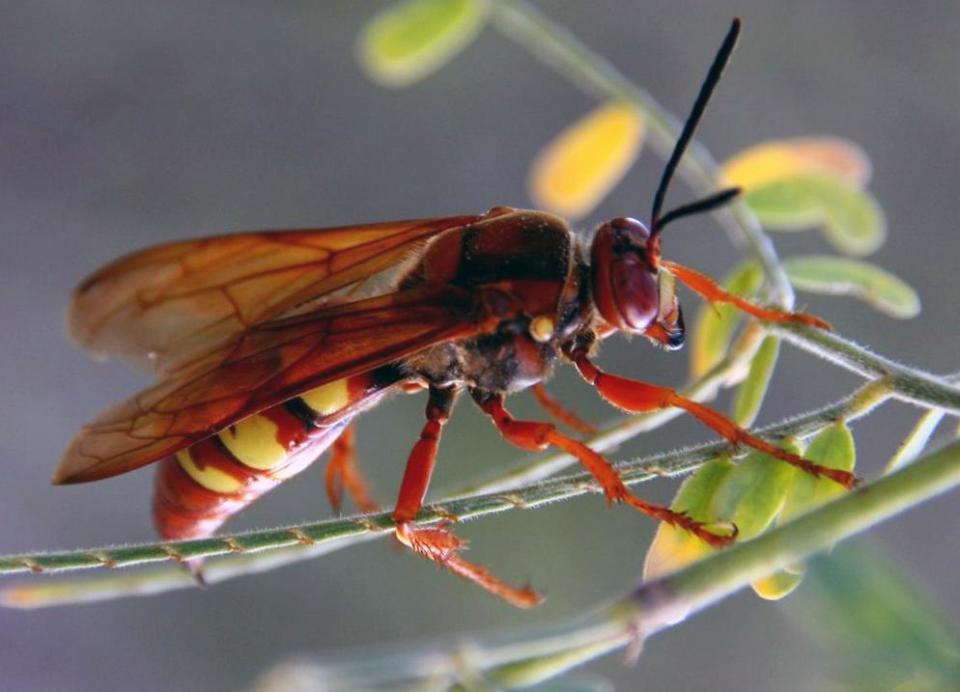
What do they provide to the ecosystem? Wasps are predators and hunt live prey including flies, caterpillars and spiders. Like bees, they also pollinate.
MORE COVERAGE
More: Texas veteran snake handler dies from bite at Freer Rattlesnake Roundup
More: Summer pests: Here's 17 insects, arachnids you should be aware of in Texas
John Oliva covers entertainment and community news in South Texas. Contact him at john.oliva@caller.com or Twitter @johnpoliva.
Consider supporting local journalism with a subscription to the Caller-Times.
This article originally appeared on Corpus Christi Caller Times: Here are 13 venomous species in South Texas to be wary of

